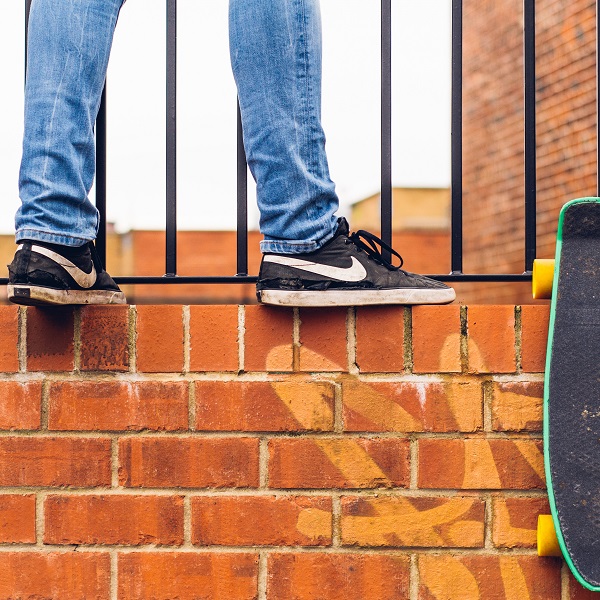
At a Glance
- Kids with ADHD often outgrow their hyperactivity by the time they’re teens.
- When hyperactivity continues, it can look different in teens.
- As their brain matures, teens with ADHD are better able to cope with and re-channel their need to move.
Teens with ADHD may no longer jump on furniture or run around the classroom. But that doesn’t mean their hyperactivity has totally gone away. For some, this ADHD symptom continues into the teen years, but in a different way.
How ADHD symtoms look as kids hit their teen years depends on the individual child—and the symptom. Most kids with ADHD (also known as ADD) will continue to struggle with inattention into their teens and beyond. Some who had impulsivity, as a child will still have it.
Hyperactivity is different. The majority of the kids who had it in childhood no longer have it as teens. Those who do, however, may show it in different ways than they did when they were younger.
Learn about why hyperactivity may change as kids mature, and what it might look like in teens.
The Maturing Brain in Teens With ADHD
Research shows that certain parts of the brain are less active and develop more slowly in kids with ADHD. One of these areas, the frontal lobe, is in charge of executive function, a group of key mental skills.
Self-regulation is one of those skills. Kids with ADHD tend to have poor self-regulation, which makes it hard for them to control their hyperactive behavior. But as they mature, the frontal lobe also matures and is able to function more effectively.
Teens with ADHD can use their stronger executive skills to help manage some of their symptoms. Many find it easier to control or redirect their need to be in constant motion than when they were kids. So while some kids who had hyperactivity may still have it, the signs are less noticeable to others.
Signs of Hyperactivity in Teens
Teens with hyperactivity still have the “itch” to move. And they often have to work hard to keep it in check. So while they may not have to get up from their seat in class anymore, they might need to get up from their seat in the movie theater in order to move around.
Teens who struggle with hyperactivity might:
- Fidget and tap their feet
- Seem frustrated or impatient when everyone’s just “sitting around”
- Struggle to “stay put” while doing schoolwork
- Interrupt conversations or not listen when other people are talking
- Talk nonstop without noticing what’s going on and how people are reacting
- Constantly touch or handle things in stores or at people’s homes
- Stay up late at night (and seem exhausted during the day)
Risk-Taking Behavior in Hyperactive Teens
Teens with excess energy need to put that energy somewhere. Often, they’re drawn to higher-risk activities like “extreme sports.” That’s not a problem in and of itself. In fact, many teens with ADHD pay close attention to safety issues while doing these activities.
Others may not take even simple precautions, however. That’s especially true if they have impulsivity. For them, it’s extra important to have proper training, supervision and protection for high-risk activities.
Teens with ADHD also often have poor planning skills and judgment. Talking in advance about risks and consequences can help. Treatment for ADHD can also be effective.
